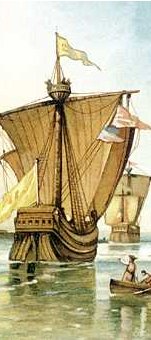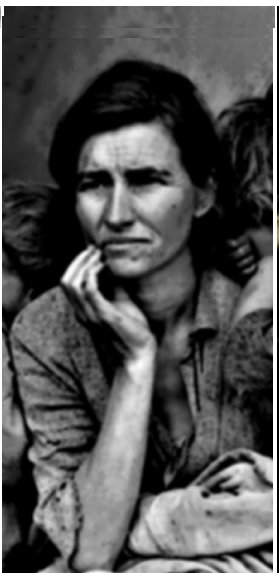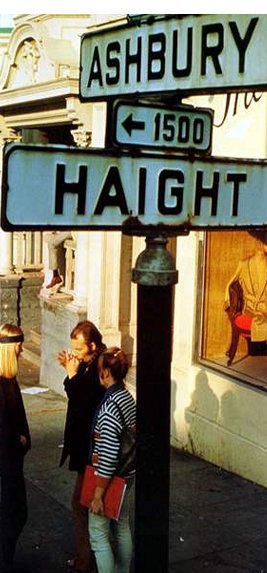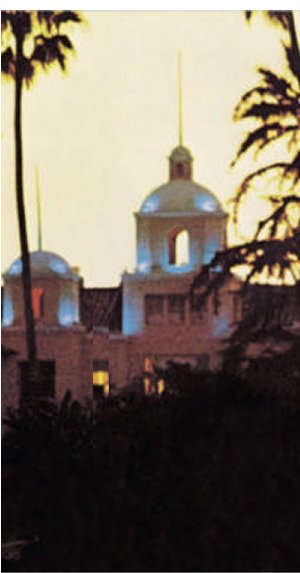
|Home| |Pre-American Settlement| |American Settlement--Civil War| |Late Nineteenth Century|
|Early Twentieth Century| |World War II and the Fifties| |Sixties--Present| |City Histories| |About|









 |
From the Ashes Reborn Brandon Nguyen
A former correspondent for the Washington Post and author of
fourteen books, Dan Kurzman is the winner of five literary and journalistic
awards, including The Newspaper Guild¡¦s Front Page Award, The National Jewish
Award, and two Cornelius Ryan Awards for best book on foreign affairs. His
other notable works include: Fatal Voyage: The
Sinking of the U.S.S. Indianapolis, Subversion of the Innocents, and, Miracle of November: Kurzman¡¦s organizational strategy differs from the
mainstream history book norm. Instead of merely relating the harrowing events
on April 18th, Kurzman intersperses his commentary with anecdotes
from average citizens, focusing the book¡¦s attention on Continuing
his chronology, Kurzman describes the cataclysmic earthquake through various
individual testimonies. According to Sergeant Jesse Cook, ¡§the ground seemed to
twist¡Klike a top while it jerked this way and that.¡¨7 Awoken by the
sudden jolt, many San Franciscans legitimately believed that the world was
ending, proclaiming, ¡¥¡§My God, we¡¦re going into the bay!¡¨¡¦8 The
earthquake was immense, The rock surfaces along Kurzman
then delves into the social impacts of the tragedy and how it permanently
affected San Franciscans¡¦ interaction with one another. In the midst of
unimaginable death and destruction, with its already struggling government now
nonexistent, one-third of its fire stations totally inoperable, and some
200,000 people made homeless, ¡§The city
is doomed¡Keverything will burn¡¨ read the telegraph from General Funston to the
War Department on the fire¡¦s third day.11 Retelling the dynamiting
of Van Ness Street like a battlefield journal, Kurzman climactically relates
the last stand of San Franciscans against the monstrous, indomitable blaze at
Van Ness. If the fire crossed west of Van Ness, San Franciscans would have to
concede the whole city to the inexorable flames. With additional firefighters,
militiamen, and newly discovered water sources from an open water main on
nearby Mission Street, along with supplementary dynamite courtesy of Contra
Costa County, the Western San Franciscans awoke on Friday, April 20th
to receding, diminishing flames still east of Van Ness Street.12 The
fire was finally contained, the western half of San Francisco saved, and most
significantly, San Francisco had survived the most traumatic ordeal in its
history. Approaching
his subject from a journalistic standpoint, Kurzman¡¦s thesis deals with the
positive social influences of the earthquake and fire. Whereas before the
disaster San Franciscans were isolated and racist, sharing the horrific
experiences unified and made tolerant San Franciscans. Kurzman tells of one
instance where stranded refugees banded together for the sake of survival: ¡§the
neighbors, of varying races and cultures, contributed their traditional foods
to joint meals.¡¨13 He describes how ¡¥¡§everybody was your friend and
you in turn everybody¡¦s friend. The individual, the isolated self, was dead¡¨¡¦
and ¡§a new sense of social justice and civic brotherhood would be necessary¡¨¡¦14
The polar opposite of the preceding ¡§Gold Rush¡¨ ideal of individualism and
self-reliance, Kurzman points out that San Francisco¡¦s post-fire philosophy
involved accepting diversity and relying on mutual support. The residents of
whatever origin would ¡§view themselves with greater pride as San Franciscans¡¨
and not simply as, ¡§members of a particular ethnic or class community.¡¨15 Kurzman is
a native of Kurzman
also focuses on minority racial groups, namely the Chinese, in Aside from
Kurzman¡¦s historiography, critics of the book point to its reliance on
subjective, one-point perspective vignettes by secondary sources. Often written
years after the incident and based on memory, these anecdotes do not provide
acceptable historical data found in primary sources, critics argue. Yet,
Kurzman¡¦s book is nonetheless based heavily on individual accounts of the
earthquake and fire. Critics decry that Kurzman cites his sources with ¡§lack of
concern,¡¨ that these sources are ¡§mighty skimpy and in significant places
nonexistent,¡¨ and clearly the work shows signs of being ¡§rushed to print in
time for the 95th anniversary of the earthquake.¡¨18
Conversely, supporters applaud Kurzman for his research in labeling the
official death toll of 498 ¡§erroneous,¡¨ and for placing the count at 10,000.
Others indicate that Kurzman¡¦s book uncovers and reports extensively on corrupt
politicians, ill-equipped public safety, and prolific looting¡Xsubjects other
historical works about the 1906 quake have not bothered to recognize.19 Most
troubling of Kurzman¡¦s criticisms is the accusation of flawed source citation.
As the reader progresses through the book¡¦s narrative flow, events, facts, and
dates are nonchalantly accepted as truth. Aside from this alleged mistake in
scholarship, Kurzman¡¦s overall effectiveness is questionable. His cinematic
prose leaves the reader detached from characters¡Xthe exact opposite of his
intention. Kurzman describes one case of a woman who asked, ¡§what will happen
to my young daughter and the baby she was carrying?¡¨20 Blatant
fabrication fictionalizes questions the woman never asked and exaggerates the
story to Kurzman¡¦s liking. Although the content remains engaging throughout the
book, Kurzman¡¦s ¡§social change¡¨ thesis is blandly generic in design.
Disappointingly, he explores the disaster¡¦s effects on Even
though Kurzman revolves the story around Earthquakes
are more prevalent in To make
his work applicable to the whole of A
metropolis on the brink of utter disintegration, 1. Kurzman, Dan. Disaster! The Great 2. Kurzman, Dan 2. 3. Kurzman, Dan 3. 4. Kurzman, Dan 33. 5. Kurzman, Dan 14-15. 6. Kurzman, Dan 16. 7. Kurzman, Dan 36. 8. Kurzman, Dan 36. 9. Kurzman, Dan 40. 10. Kurzman, Dan 72, 80. 11. Kurzman, Dan 190. 12. Kurzman, Dan 191, 201. 13. Kurzman, Dan 50. 14. Kurzman, Dan 243. 15. Kurzman, Dan 245. 16. Kurzman, Dan 196-97. 17. Kurzman, Dan 60. 18. Traxel, David. ¡§8.3¡¨. The New York Times. 19. Ware, Ciji. ¡§Cracks in the heroic story of the 1906
quake¡¨. The San Francisco Chronicle. 20. Kurzman, Dan 68. 21. Kurzman, Dan 241. 22. Kurzman, Dan xxiv. 23. 24. Kurzman, Dan 252. 25. Kurzman, Dan 256. |